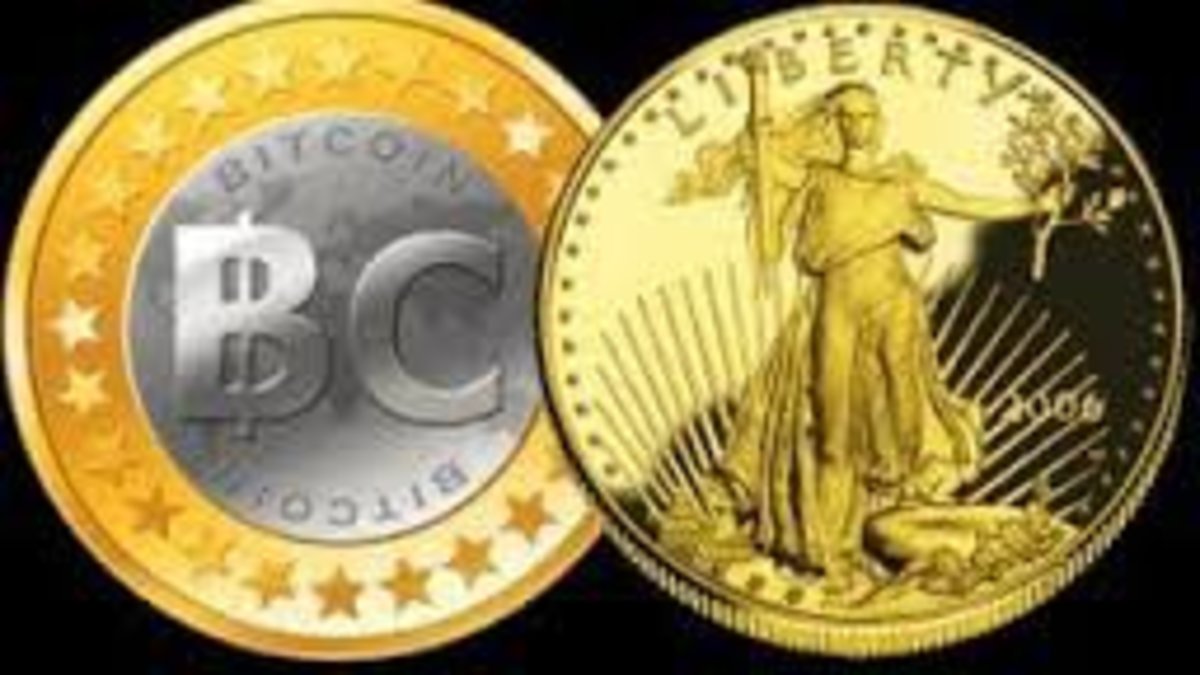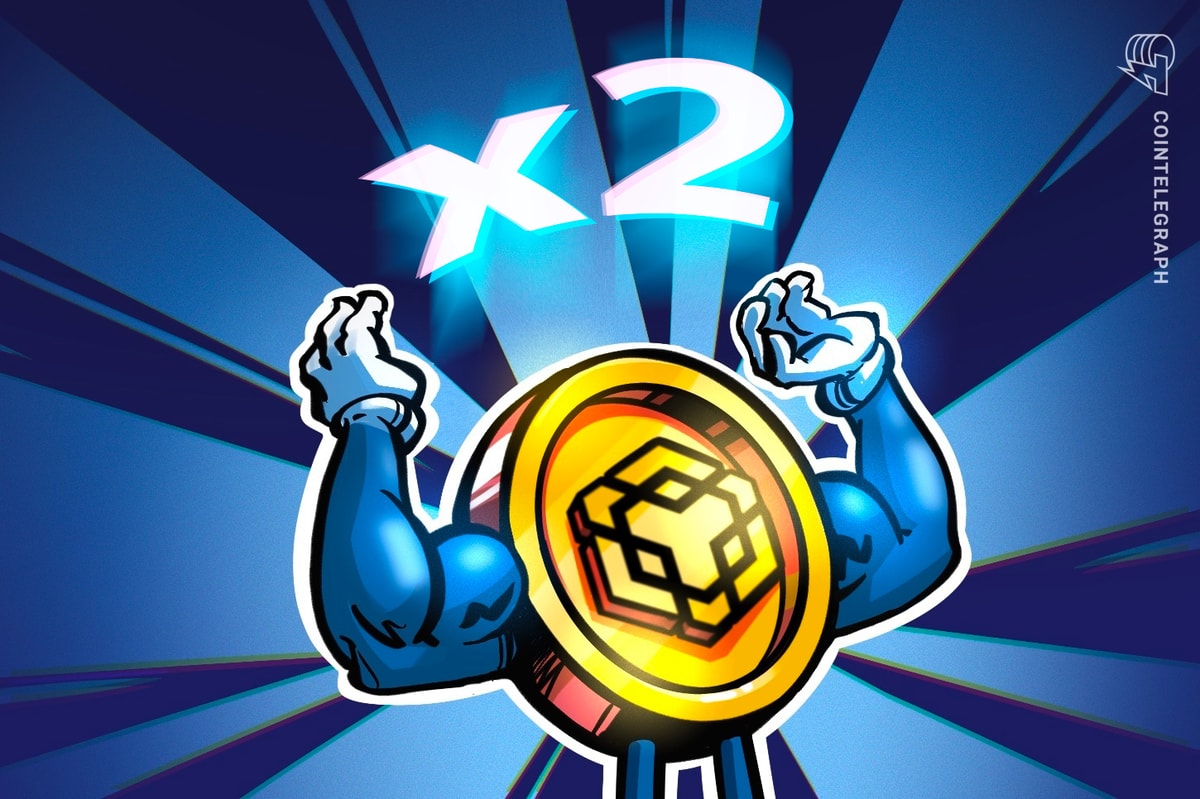
A video making the rounds lately called “True Wealth” that targets older investors with doom and gloom misrepresentations of the cryptocurrency bitcoin. The video is from the notoriously fear-mongering group Stansberry Research who released a similar one a few years ago warning of impending economic collapse. It is important to address the claims in these videos as they are targeting an older demographic that is already hesitant towards getting involved in bitcoin and, thanks to the video, for all the wrong reasons. Not only are fallacies used repeatedly throughout the video, but the advice is terrible from an investing standpoint.
First of all, the format is unlike regular videos you would see on other sites; you are not allowed to skip past the hyperbole and get to the point. This is by careful design because the video is very long and uses emotionally manipulative techniques to draw the viewer in while concealing supposedly useful information about investing in a mysterious “secret” currency that the super-wealthy have invested in for centuries. The narrator name drops such families as the Rothschilds and Morgans to add to the allure of this investment, but it is all couched in an appeal to authority and bandwagon fallacy. The video compares Bitcoin to stocks of poorly launched companies that have failed in the past and repeats the argument that those first to market usually fail. If you can sit through it, which I begrudgingly did weeks ago after it was sent to my boss, you finally find out this “secret” currency that promises untold wealth is *spoiler alert* numismatic collectible coins.
My perspective on this issue is uniquely influenced by my position as an office manager at Roberts & Roberts Brokerage, a precious metals brokerage in Pensacola that takes bitcoin. We advise people to invest in physical bullion and the president, Tim Frey, frequently advises against investing in numismatic coins for a few reasons.
Numismatic coins are sometimes rare or common date coins that have been graded and placed in a nice looking case. They sell for high premiums over the melt value of gold, but require constant attention to the market that few people are able to expend especially those looking to simply invest in gold as a hedge against inflation. In a transcript the Stansberry video was based on, they refer to numismatic coins as “rare,” and while this is true of some coins, many of them are very common. The distinction takes a lot of time spent on research, and more common coins are often sold for a retail value far above their wholesale value; truly rare coins are the exception.
So, we see the old bait and switch in the video and transcript where they discuss truly rare coins then segue into trying to sell numismatic coins that aren’t as rare as one may think. You can view how many common date numismatic coins have been graded on the website of PCGS.
Stansberry Research is trying to get you to invest in coins whose values have dropped as much 89 of their premium above melt. Melt value is the value of the precious metal in an object based on the spot price, which is the price per troy ounce on the commodity market.
The value of numismatics has dropped dramatically over the past decade and differ from bullion in that they have much higher premiums and also slightly less gold. It wouldn’t be fair to only attack the way Stansberry is dispensing this information, so let’s crunch some numbers.
One example of declining numismatics is the $5 MS64 Liberty, a gold coin that sold in 2005 for a whopping 1236.52 over the melt value of $101.76. By 2013, the premium was 143.42 over a melt value of $402.60. Another example is the $5 MS64 Indian that reached a peak of 2872.77 over a melt value of $101.76 then plummeted to 18.48 over $402.60. When the spot value of gold increases, premiums for these coins fall and so far they have yet to recover. But don’t take my word for it; you can view the data here.
The video bashes bitcoin, but just in the last year we’ve seen an increase of 5000 and even more since bitcoin came on the scene in 2008. While volatility is always a concern, numismatics simply don’t hold up to bitcoin as a store of value as premiums have dropped considerably and are showing no sign of recovery whereas the protocol functions of the Bitcoin network offer innovations we can look forward to aside from its value as a currency.
Another case for bitcoin is that they are actually rare as opposed to many of the coins being called numismatic. There are only 21 million that can ever be created and some have already been lost. If you combine the limited quantity with the increasing amount of work needed to mine bitcoin, you have a currency/protocol that is set to increase in value over time as they become more rare and demand increases. In the five years since bitcoin has been around, interest has only grown, and with the advent of new businesses accepting it and new apps being launched it is expected to continue.
There are a few other problems with the video, as well. The coin collecting business is quite literally dying out. Collecting truly rare coins is a hobby that is very time consuming and decreasing among younger generations. At one time coin collectors outnumbered numismatic coins, but the numbers have been gradually declining and we now see more coins than collectors.
We see this all the time at the brokerage; a family inherits a bunch of numismatic coins and sells them off immediately or an older collector brings them in—they are often surprised at how much their value has declined because they haven’t done the meticulous research required. Many people get sold overpriced numismatic coins that are actually looking for bullion, which has lower premiums and is more reflective of the actual market price of gold.
Younger generations have little interest in coin collecting as a hobby and the only people stuck with these numismatics are much older collectors. The large coin collecting house Heritage even refuses to buy most of these coins because they have so many already and more coins are being graded and added to the mix that aren’t actually rare dates. More coins and fewer collectors creates a market that is drying up due to decreased demand.
Numismatics are a relic of an older time where information could be bought for the right price, but we’ve grown accustomed to free information in the age of the internet—you can read the source code for Bitcoin and Satoshi’s white paper. It’s out there and transparent for everyone to see, without having to use gimmicks and manipulation to sell you on it. While it’s my personal belief that Bitcoin is a groundbreaking innovation to get involved in, I urge everyone to do their own research.
Young people would rather have an investment that is versatile, if they have any money to invest whatsoever, and bitcoin fills this position far better than numismatics. You are not investing in just a currency, but an idea as well. Bitcoin as a network has value whether or not the currency remains at a high dollar price. We are witnessing the beginning of a new way to foment contracts between parties and send other information with the rise of cryptographic innovations.
Another feature of bitcoin that is appealing to Millennials is the divisible nature of bitcoin. You can buy as much as you can afford at the time rather than paying nearly $1,400 for a numismatic coin with a dubious future and rocky recent past. The coin collecting industry has been trying hard to encourage investment in these coins, but if you do the research, it is because they have an overabundance of them that they can sell for a very high markup above wholesale to people who are less experienced in coin collecting. If you must buy numismatics, find a place that sells them for wholesale.
You have to use fear and deception to sell numismatics and that may be why Stansberry Research produced this misleading video; as with all things, follow the money. The company is selling you fear and for a low, low subscription price you can find out all of their investment “secrets”. Sound suspicious? If you have to pay money for sacred information, perhaps you should evaluate what the source stands to gain.
By selling you overpriced numismatics; Stansberry could make a small fortune—even more if you are scared into their subscription scheme. If the tone and content of the video wasn’t enough to turn people away, Stansberry is also no stranger to controversy; in 2007 the founder Porter Stansberry was found guilty of fraud and ordered to pay $1.5 million in penalties. He has also been involved in other questionable schemes. As my suspicions confirmed, the company seems to be using the same tactics that have historically caused past clients to lose massive amounts of money.
For all the wailing about bitcoin being a Ponzi scheme, it has historically been those privy to classified information that have run them to rip people off. This mentality is nothing new in the coin collecting and even precious metals industry; even the U.S. Mint sells coins for far above their face value because of the special label “collectible”, but I guarantee you that if you tried to sell them to a dealer for the same price you’d be laughed out of the office. The same is true unfortunately for numismatics, and the target audience for Stansberry’s video are older generations, some of which could be easily fooled by the seemingly high production value of the video and its histrionic promises.
Bitcoin is for everyone and easily accessible even for those averse to technology. So the next time you see this video circulating, you can reassure them that bitcoin isn’t the threat Stansberry makes it out to be—at least not in the way they think of it.










